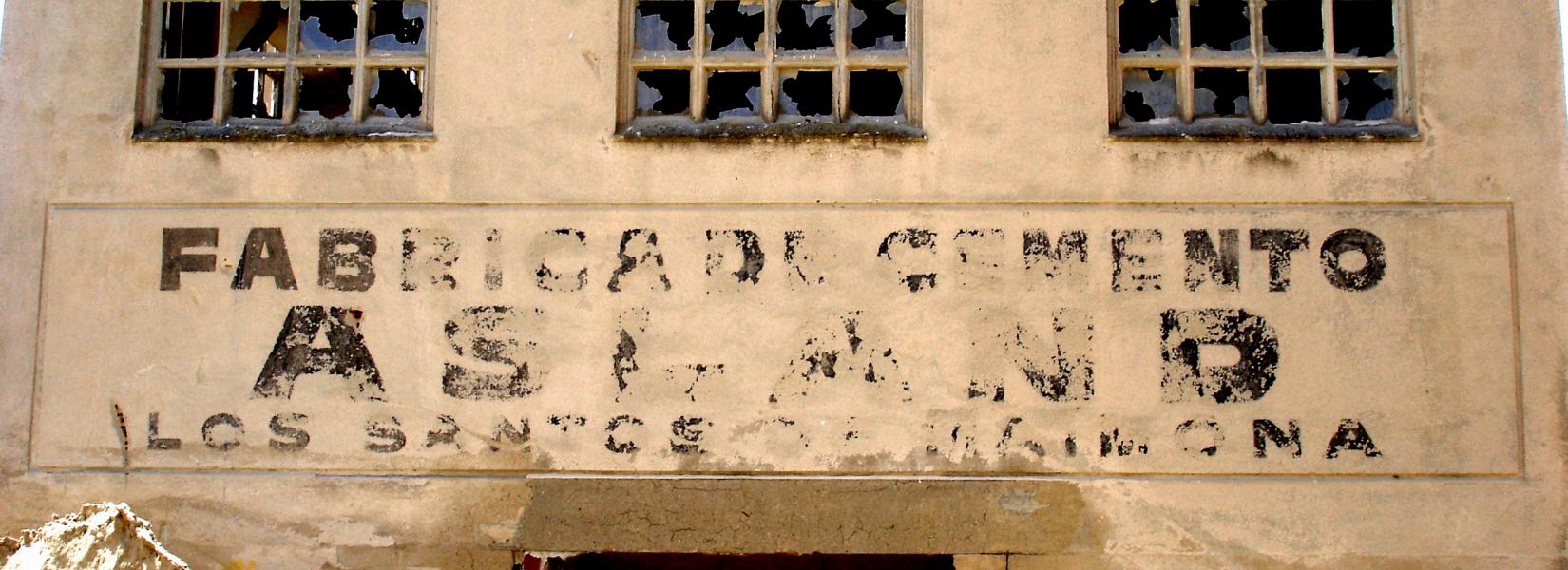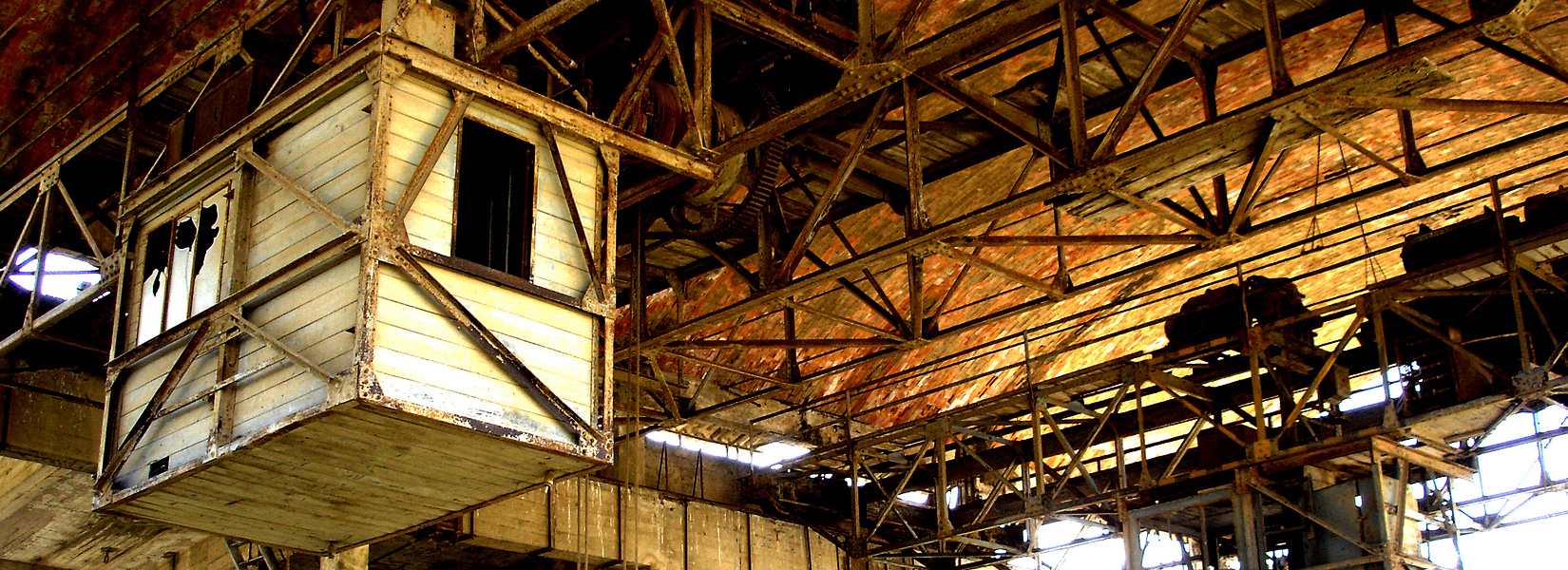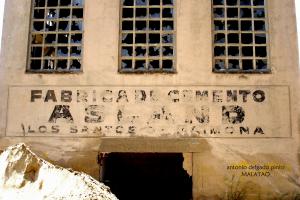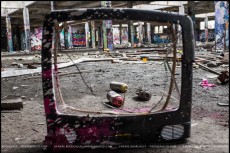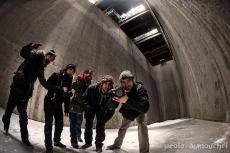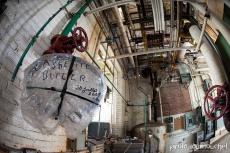In the Basque Country there are several generations who have grown up by drinking milk from the Beyena company, a regional source of pride, well beyond its nutritional values. Every day, hundreds of trucks were leaving the factory located in...
The abandoned cement factory of Los Santos
The Badajoz plan
When I was a kid, I often traveled with my parents and my brothers in Los Santos, the village where I was born. Each time when we approached, my father used to say: "Beware, I will give a penny to the first one who will see the smoke of the plant." That was until 1973 before the closure of the factory, ie, seventeen years after its inauguration.
The sole purpose of its creation in 1956 was to provide cement to all work to improve the region's infrastructure such as dams, roads, construction of dozens of new villages. This project was called the Badajoz plan.
This factory employed over four hundred workers and has produced over two hundred thousand tons of cement per year. Nevertheless, the factory has been closed in 1973. It is now abandoned, since 40 years.
Related content
No doubt, this is a mysterious building. There is no reliable information about this abandoned building on the Internet. Impossible to corroborate the details found here and there. Indeed, even the name of the building can’t be confirmed. While...
Abandoned since December 1993, the former incinerator des Carrières, known as the incinerator # 3 is now partly used as a warehouse by the City of Montreal. It is also one of the few places where there have power in a portion of the building....
For several times I passed by this little factory located in an old industrial area in the Eastern Townships, but I never been inside. Each time, I wondered if it was still active or abandoned. I must say that several tiles were broken, but I was...

